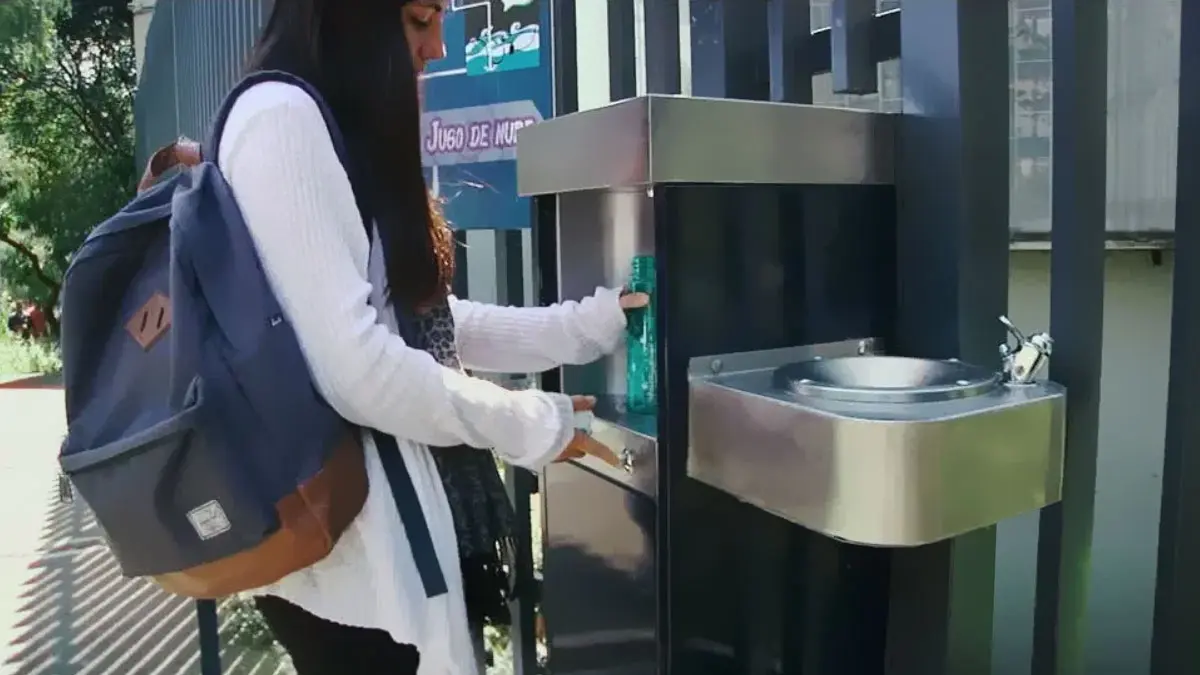
“Thousands of people have survived without love, none without water,” essayist and Pulitzer Prize winner W. H. Auden once said. The poet’s phrase gains even more traction as the scarcity of this vital liquid becomes increasingly evident. Concerned about this, students at the National Autonomous University of Mexico (UNAM) have taken action with their Cloud Juice.
The Cloud Juice program uses rainwater, transforming it into purified, drinkable water for UNAM students. However, it’s not as simple as it sounds, as the harvested water is contaminated in Mexico City.
Developed by the General Directorate of Community Care (Dgaco), coordinated by Mireya Imaz Gispert, this program could help combat the lack of water due to climate change.
At this point, the program seeks to be replicated on a large scale to serve more Mexicans and thus take advantage of the water so desperately needed in different areas of the city.
The Institute of Geophysics, the Directorate of Medical Services, and the General Directorate of Health Care participated in the creation of this ambitious project. All of this was done to analyze the physical, chemical, and biological parameters using national and international criteria to ensure the water was safe.
How does it work?
First, water is collected from the roofs of buildings. In the case of the university campuses, the University Programs building at Ciudad Universitaria (CU) was chosen. The collector has a surface area of 193 square meters and is made of glass. This collector guides rainwater through polypropylene pipes to a storage tank.
This tank is also a filtration system and is named “Tlaloque.” A series of containers filter the water of pollutants from the city’s atmosphere.
From there, it passes to two 30,000-liter tanks that also serve to deposit solid pollutants via sedimentation, and a chlorine tablet is added. The water then flows through a 90-micron filter and then another activated carbon filter. A third filter removes 10-micron particles. Finally, ozone is added to eliminate any remaining living organisms.
Of course, the water’s final destination is the water dispensers for university students to use.
This program has not only proven that it can help mitigate the water shortages we will see in the coming years, but it is also replicable and, of course, proudly Mexican.
Mexican Press Agency is part of ALMA, which is dedicated to news and information about Mexico and Mexicans in the United States and is a fiscally sponsored project of Social Focus, a 501(c)(3) nonprofit organization based in Redwood City, California.